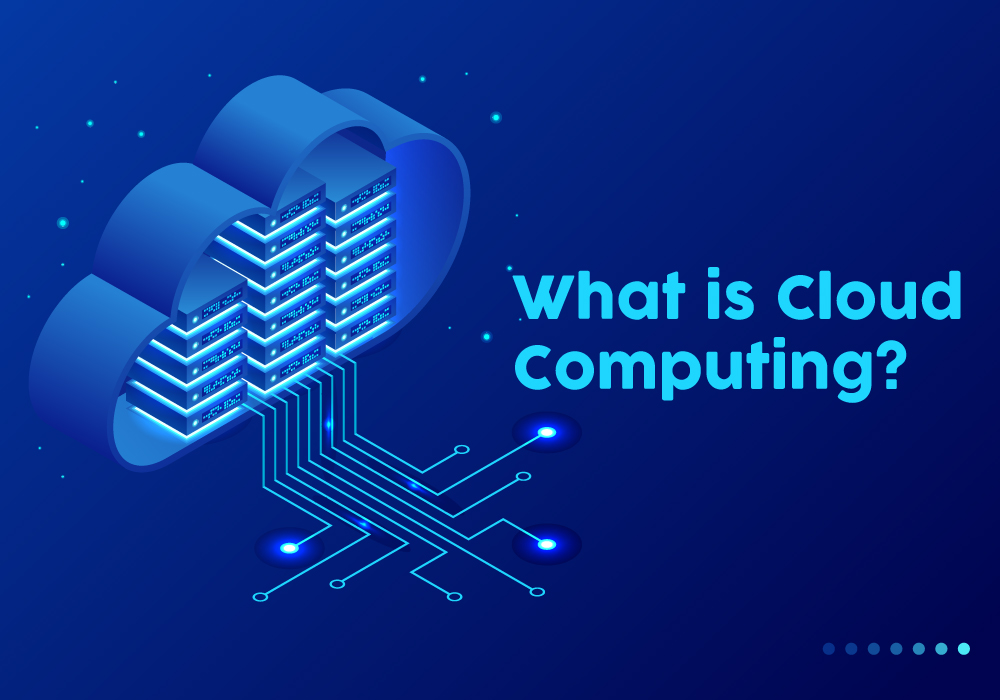Benefits of the Rise of Multi-Cloud for IT Operations
Monolithic, single-cloud, and hybrid approaches are starting to be supplanted by multi-cloud techniques. A new report from Cisco has discovered that these strategies are getting significantly more common, with 29% of IT pioneers believing they will have networking capacities across on-premise, hybrid and multi-cloud environments within the next two years.
Other ongoing reports agree. As indicated by the 2020 State of the Cloud report, 93% of enterprises currently utilize a multi-cloud strategy, and new research from IDC has demonstrated that they are driving huge adoption of software-defined WAN (SD-WAN).
A multi-cloud strategy can give genuine advantages to organizations, yet it is a lot harder to manage than single-cloud or hybrid strategies. Here's how the IT leaders can work to address the difficulties of multi-cloud management and networking at their workplace.
The Rise of the Multi-Cloud
It is an expansive term used to portray networks that disseminate their use of cloud resources across multiple platforms. A business needing multi-cloud management may have a few applications running on Amazon Web Services (AWS) communicating with an on-premise network using hybrid connectivity. It might also be interfacing with other cloud platforms, similar to Microsoft's Azure or Google's Cloud Platform.
Post Graduate Program in Cloud Computing by UT Austin
Master AWS, Azure & GCP in 6 months with 200+ projects & GenAI tools. Get career-ready with UT Austin’s Cloud Computing Certificate
The strategy has a couple of various advantages. It successfully allows organizations to distribute their workload, conceivably improving up-time. If one web service goes down, you'll have redundant resources accessible to deal with a portion of that workload. This strategy allows organizations to exploit the advantages of various cloud platforms.
For instance, AWS offers serverless computing, Google Cloud has gained notoriety for AI and machine learning functionality, and Microsoft Azure functions admirably with hardware running on Microsoft's broadly developed business software. It's theoretically conceivable to distribute your business workloads across these cloud services to take advantage of the unique qualities and strengths of each.
Also Read: What Skills to Learn if You are Looking to Start Your Career in Cloud Computing?
Challenges of Multi-Cloud Management and Networks
Despite available tools, multi-cloud management is still often a wreck for many organizations. In any multicolored circumstance, an organization is dealing with numerous applications and transferring data across various platforms with different infrastructures and compatibilities — making room for conflict.
With a strategy like this, organizations are frequently attempting to accomplish portability across platforms while taking advantage of the unique features that they offer. They utilize certain cloud services for specific workloads, in light of the qualities and shortcomings of everyone. However, if you need to keep the management steady across clouds, it gets more difficult to exploit those unique features.
A multi-cloud strategy can also create critical networking challenges. With a single-cloud approach, you may just need to deal with the connection between the on-site network and one cloud platform. With a multi-cloud framework, you're coordinating connections between different platforms and your on-site network, and probably between the cloud platforms themselves.
There are numerous advantages of a multi-cloud strategy. However, how these systems are managed regularly creates bigger challenges than the approach solves. Most significant cloud services, aware of the pivot towards a multi-cloud strategy, offer features intended to help IT workers with multi-cloud management.
All things considered, just one solution won't be sufficient for your team to manage its multi-cloud usage. They may require a blend of tools and techniques to effectively handle a multi-cloud approach.
Solutions for Managing the Multi-Cloud
To begin with, you have to ensure your IT approach is centralized, as with a managed IT service. There's sufficient room for conflict in any multi-cloud plan, and you would prefer not to aggravate the issue with a disorganized approach to managing IT operations.
Next, you'll have to choose the correct tools and solutions for managing your business's multi-cloud strategy.
Tools like cloud service brokers (CSBs) and cloud management platforms (CMPs) offer a layer of abstraction that can assist you with overseeing differences in architecture. Select a CSB or CMP depending on the features your business needs the most. A large number of these tools will incorporate a blend of service monitoring, provisioning, and analytics features intended to enable your team to orchestrate the management of apps across cloud services. However, not all tools will incorporate similar features or integrate well with your present tech, like pre-existing cloud security architecture.
Containerization can also assist you in dealing with some of these conflicts. Kubernetes-based tools are recommended, like Red Hat OpenShift, as a potential method to slice through some of this chaos. Since this approach takes the minimum from each of these platforms, you will be able to refrain from the headaches of managing workloads across several cloud platforms.
While you won't have the option to benefit from some of the advanced features cloud services offer with this approach, you will be able to distribute your workload across cloud services. If there's a hiccup in AWS, you can keep your services running by moving some of that work to other services.
With any approach, you will need to test it before you go live. Simulate workloads, perform security testing, and generally see how the management tools you've chosen hold up under pressure.
By the end of this, you'll have a fair idea of whether these tools fit your needs or not or if another combination might be a better alternative.
How IT Staff Can Handle a Multi-Cloud Strategy
These strategies are rapidly becoming more popular and are probably going to get commonplace in the future. These strategies can offer significant advantages for organizations — like improved service reliability and access to unique cloud platform features. Nonetheless, they also create genuine difficulties for the IT departments that need to manage the implementation and networking of these approaches.
Differences in cloud infrastructure can make coordinating services across various platforms difficult — or, without the right tools, practically impossible. IT staff at organizations that want to move to a multi-cloud approach ought to know about the options they have with regards to multi-cloud solutions — including CSBs, CMPs, and containerization software. They should also be prepared for the broad testing of potential multi-cloud management tools. The effort will be well worth it, despite all the trouble.
To help you strengthen the knowledge of the core cloud computing platforms, Great Learning offers PG Program in Cloud Computing. It is a 6-month completely online program with numerous hands-on labs and projects, along with live mentoring sessions from seasoned industry experts.







